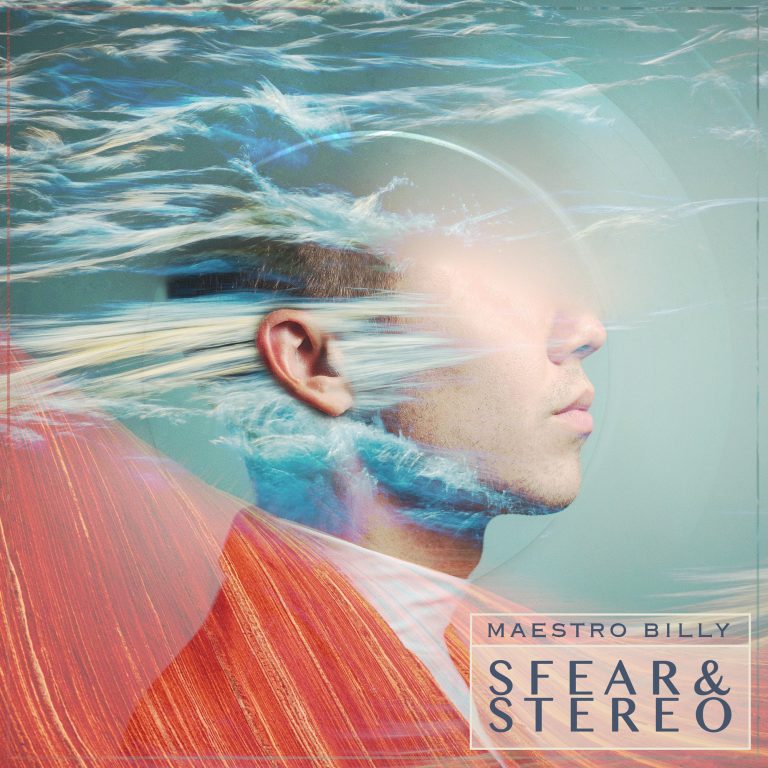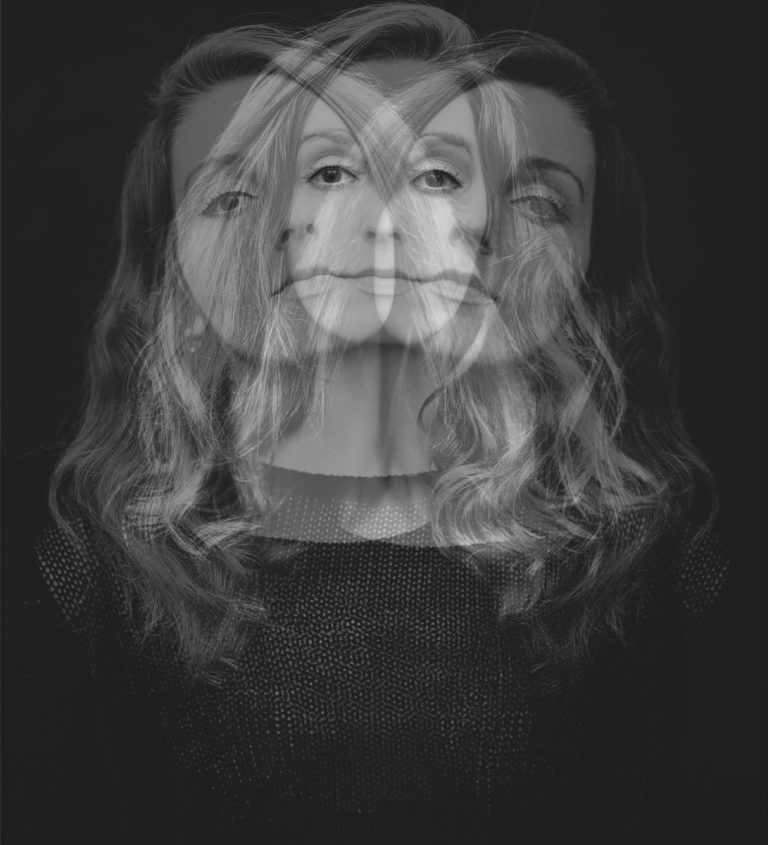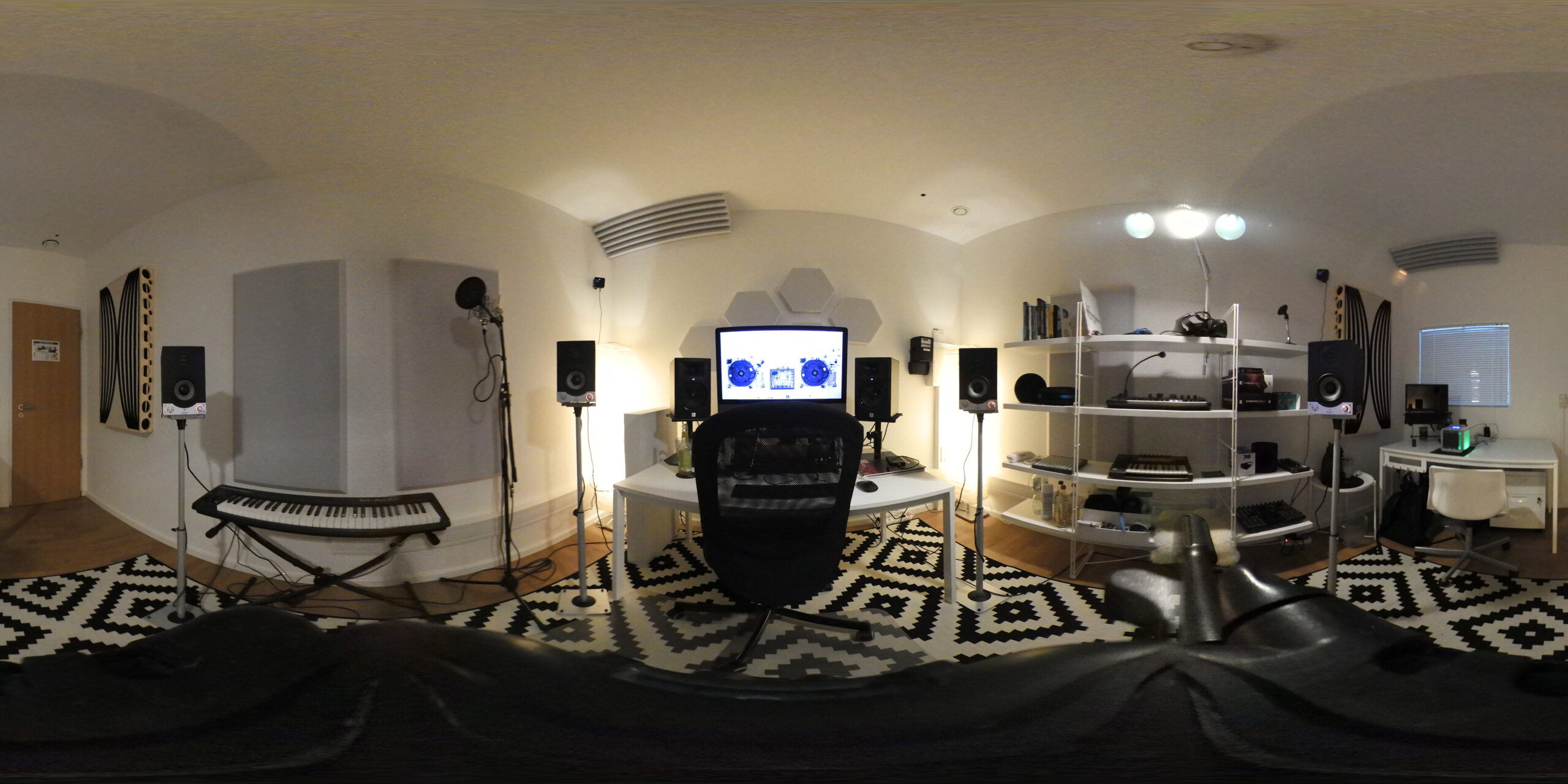Released in 2018, it was the starting point of my attempts to create binaural audio tracks as experiments for headphone listening.

Looking back at my first album, I decided to shake things up a bit for this one.
I set two main goals:
1. Mix in some vocals and stick to one instrument across all songs.
2. Experiment with Sfear, a plugin for making the music feel spatial.
Before we dive into the music, let’s chat about the Cover Art. It was cooked up by Ananas_Ink, a graphic designer based in Berlin, and it really captures the whole vibe of sound and how it interacts with our ears. It’s all about the idea of music wrapping around your head, taking you beyond the usual stereo experience.
Now, let’s get into the two big challenges of the album:
1. Making music with vocals and at least one common instrument across all tracks.
I wanted to do something different from my past work, which was mostly about Sound Design.
I thought,
“why not throw in some vocals?”
They connect with people and make the music feel more personal. I had a bunch of vocal samples from different libraries, so I decided to use them.
I started by picking random vocals and then built the music around them. The only exception was “Lost In Outer Space,” where Ava Bonam got involved and took the vocal track to another level. Collaborations like these bring in new ideas and make the music richer.

Along with vocals, I picked the piano as the go-to instrument for all songs. The piano is perfect for pop music because it’s flexible and covers a wide range.
2. Using Sfear, a new plugin, to make the music feel more spatial.
Switching from stereo to Spatial Audio with Sfear was a fun challenge. Instead of creating music in ambisonics or binaural form from the start, it involved reworking stereo songs all over again.
In Spatial Audio, it’s all about where you place the instruments and vocals to make the sound feel like it’s all around you. After a lot of tweaking and playing around with Sfear, I finally got the Spatial Audio versions I was happy with.
If you have a headphone with head-tracking, it makes the experience even better, like you’re right in the middle of the music. But since not everyone has these, I used automation to replicate the feeling of sounds moving around your head.
So, the album has eight songs mixed in stereo, and then their Spatial Audio versions. All you need to do is put on your headphones and enjoy the ride!

Leave a Reply